Android Desktop: An emergency option for when your laptop is broken, or a paradigm shift in client devices?
The PSTN and ISDN Switch-Off Is Happening. Your Business Needs a Plan.
The UK’s traditional phone network, the Public Switched Telephone Network (PSTN), which also includes Integrated Services Digital Network (ISDN) lines, is being permanently switched off. The final date for this is 31st January 2027. As of September 2023, it is no longer possible to buy new PSTN or ISDN services.
This is not a simple change. It will affect any device that uses a traditional phone line. This includes not just your office phones, but also other systems such as:
- Fax machines
- Alarm systems (intruder and fire)
- Door entry systems
- CCTV
- EPOS (Electronic Point of Sale) terminals
- Franking machines
- Telecare and medical alert devices
If your business relies on any of these, you need to act now to avoid service disruption. One year ago, we told you about the initial changes. Now, let’s see if there have been any crucial updates.
Why is this happening?
The PSTN is old technology. It’s expensive to maintain and cannot deliver the speed or reliability required for modern business communications. The move to digital, IP-based services like Voice over Internet Protocol (VoIP) is a necessary technological step forward.
What does this mean for your business?
All voice and data services that currently use the PSTN or ISDN will need to be migrated to an IP-based alternative. This means you will be using your internet connection to make calls and transmit data. The benefits of moving to a digital system include:
- Cost Savings: Lower monthly fees and reduced hardware costs are common.
- Flexibility: Your staff can work from any location with an internet connection. It is also straightforward to add or remove users as your business needs change.
- Improved Functionality: Modern VoIP systems offer advanced features like video conferencing, call routing and integration with other business software.
- Business Continuity: In the event of an outage, calls can be automatically rerouted to other locations or mobile devices, ensuring you stay connected.
What you need to do
The 2027 deadline is final. To ensure a smooth transition, you should start planning now. XMA can help you by:
- Auditing Your Systems: We will identify all devices and services in your organisation that rely on the PSTN or ISDN. This includes not just the obvious, but also the easily overlooked systems like alarms and payment terminals.
- Assessing Your Connectivity: We will analyse your current internet connection to ensure it has the capacity and reliability to handle your voice and data traffic. We can recommend and implement any necessary upgrades.
- Migrating Your Services: We have partnered with RingCentral, a leading provider of cloud communications solutions, to offer a straightforward migration path to VoIP. We will manage the process for you, from planning to implementation, to ensure a seamless transition with minimal disruption to your business.
Don’t wait until the last minute. The move to all-IP is a significant change, and leaving it too late could result in a loss of service and impact your business operations.
Talk to your XMA Account Manager, or contact us today at enquiries@xma.co.uk to discuss your requirements and create a migration plan that is right for your business.
Precision Meets Purpose: How CHERRY Supports Critical Work Across Every Sector
Venues, Be Prepared: Martyn’s Law is Coming
How Logitech G is Shaping the Future of Gaming in Education
How Meta is Stitching Mixed Reality into the Fabric of Higher Education
Effective planning, device deployment and management
Making the most of digital workspace transformation – Part 1
As working practices and norms continue to change and develop, and the debate about what works best rages on, the ability to adapt your business’ working methods quickly is growing in value. Of course, quick reactions shouldn’t come at the expense of business collaboration, or security. So, how do you clear this delicate obstacle?
The right technology and processes can make an enormous difference. Modern operating systems and software, such as Windows 10, continues to evolve and offer increased levels of flexibility for businesses and private users alike. The rise of the cloud further boosts this, with remote collaboration now near-seamless, as opposed to just a few years ago, when working from home could be challenging. This rate of development is showing no signs of slowing down.
As long-term partners of Microsoft, and experts in the use of technology like Windows 10, Microsoft Teams and Microsoft Azure, we’ve been trusted by many public and private organisations to help prepare them for the challenges presented by changing work habits. We achieve this through a distinct, four-step process we call the digital workspace quadrant.
Getting a sense of what you need to meet your unique needs should always start by taking a closer look at where your business currently stands. What technology do you currently use? How much do you pay for it? Are you using it to its full potential? Programs like Microsoft Teams can offer massive advantages to a business if used properly. We’ll take a close look to see what value can be extracted from existing tools, before looking at new ones.
From here, we’ll start to work with you to define and build your business case for change. To do this effectively, we’ll involve employees from across your business, in order to get a sense of their unique challenges, insights and ideas.
By combining this knowledge gained from your team with comprehensive audits on your technology, infrastructure and existing skillsets, we’ll pick out the ideal technological solutions for your challenges.
From here, our deployment and management expertise comes into play. We’ll make use of deployment tools like Windows Autopilot to ensure any new device delivery goes smoothly, without any setup time necessary.
We’ll also work to make device management significantly simpler. Windows Autopilot enables legacy app containerisation, which allows older Windows apps that are no longer supported to carry on running within the latest version of Windows 10. This means that, if you have an essential piece of bespoke software that’s out of date, you don’t need to immediately replace it, or jeopardise your wider security in the process.
Any technological or cultural change is a big step for a business to take, especially at a time when working culture is evolving so quickly. At XMA, we’ll work with you to make it as simple and painless as possible. From enabling new hybrid opportunities to making the most of existing tech and infrastructure, with our expert support and quality products from major vendors like Microsoft, digital workspace transformation can be that little bit easier.
To learn more about our digital workspace quadrant process, and how we can help you make the most of workplace transformation, keep an eye out for part two of this series, which focuses on keeping security high without restricting access.
Keeping hybrid working secure and staying in control
Making the most of digital workspace transformation – Part 2
As widespread digital workspace transformation continues to progress, and the working standards of individuals and businesses continues to evolve, keeping pace is increasingly important. If a business is behind the curve, it becomes ever more difficult to attract and retain talent. But with the desire for remote and flexible working being higher than ever, how can you meet this need without jeopardising your business security and continuity?
XMA can help you with this. In a previous blog, we looked at how we can use an effective planning and deployment strategy to help your business embrace new ways of working. In this second blog, we’ll be looking into the ways we can help you keep control of your network, without ever laying your hands on the devices your team uses.
When people work remotely, it’s likely that the range of devices available to them will go up. For example, some people might have a powerful PC at home, while others might prefer to work from a personal tablet or phone occasionally. While this boost to staff convenience is hard to ignore, it does raise several major security concerns. As these devices are outside your management control, they could be an ideal access point for hackers and viruses. As a result, many businesses are choosing to restrict access to managed devices only.
Whether you choose to allow a varied range of devices to use your network, or supply specific machines to each member of your team, we can help. Sophisticated endpoint and access management systems, enabled by Windows 10 technology, allow you to retain control while enabling an enormous level of flexibility for your teams. This will let you simplify automated provisioning, configuration management, and software updates for every single device that uses your network, regardless of operating system.
Device management is just part of the battle. Alongside close and customisable control over access, based on your specific needs and wishes, we’ll also develop a robust and personalised data security and risk management policy. This will consider the sensitivity of your data, how much access is required for each individual, and much more.
Using the latest software and zero-trust techniques from Microsoft, including Windows 10 Authenticator for two-factor authentication, we can start to create an environment that enables digital workspace transformation, without jeopardising security for the sake of access.
Enabling cultural change is naturally important for a business, especially right now, but doing it in a way that’s sensible, safe and suitable for you is incredibly important. It’s not something to be rushed, you need to pick the right path for you. Our team will help you to pick the right path, and use the best technology from Microsoft, along with other major vendor partners, to make it a reality.
We’ll be continuing our blog series on digital transformation in the weeks to come, so keep an eye out for part three. If you’ve not read the first part, or would like a reminder, you can find it here
University of Oxford
XMA streamlines IT procurement at the University of Oxford
With an ongoing goal to reduce costs and improve operational efficiencies, the university were looking at how this could be applied to the procurement of their IT products and services. There was also a need to make technology more accessible, particularly during a time where remote working is required. XMA worked alongside the university’s procurement team, to deliver a solution that would help resolve these challenges.
Google for Education: The Anywhere School
There has been much change and uncertainty in the world in the past several months, with the education community being one of the most affected in terms of needing to introduce technological changes to how teaching and learning is experienced.
The Anywhere School, is Google’s approach to ‘back to school’ bringing updates to tools in order to lighten the load for teachers, families and students.
Below are some of the updates Google for Education have introduced or are in the pipeline:
A safer, more engaging Meet experience
-In September, an introduction of a larger tiled view of up to 49 people and an integrated Jamboard will be accessible for collaboration. There will also be new controls within Meet so moderators can choose to always join first, end meetings for all participants, disable in-meeting chat and much more.
-In October, custom and blurred backgrounds will be introduced to Meet along with breakout rooms and attendance tracking will be launched allowing for more engagement in classes and insights on participation.
-Later on in the year, a hand raising function will be enabled along with a Q&A polling.
Better support for students, educators and admins in Classroom
-A new to-do widget on the classes page will help students see what’s coming up, whats missing and whats’s been graded.
-Teachers can now share a link to invite students to their class, which makes joining a class much easier.
-Classroom will soon be available in 10 additional languages, to reach 54 languages in total.
-Admins will have access to more powerful toolsto manage G Suite and Classroom. For example, school leaders with Enterprise licenses will have greater visibility into Classroom usage via new Data Studio dashboards, which allow admins to see active classes, measure feature adoption, and monitor teacher and student engagement.
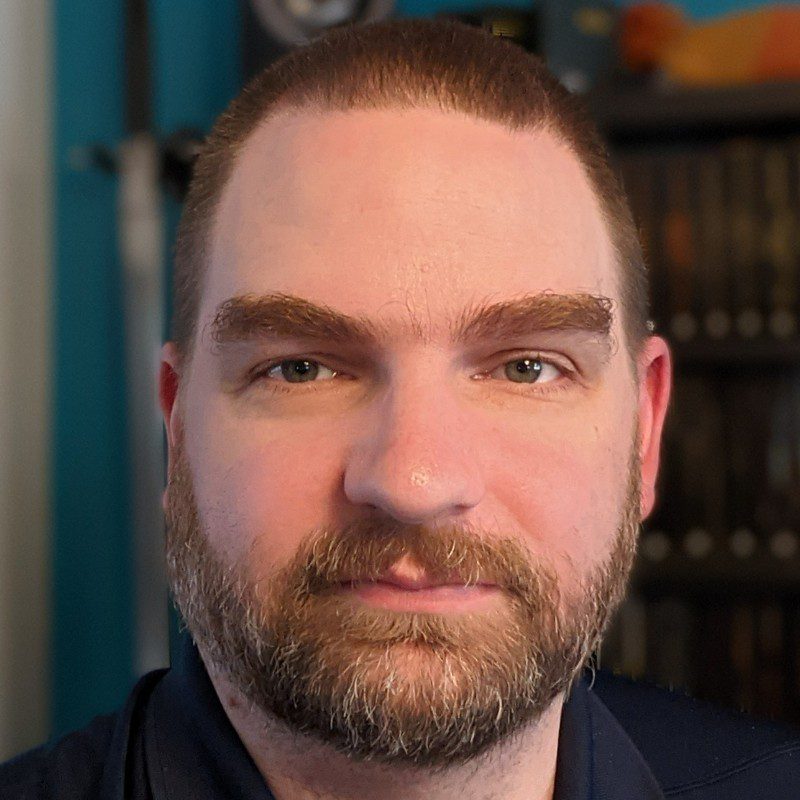
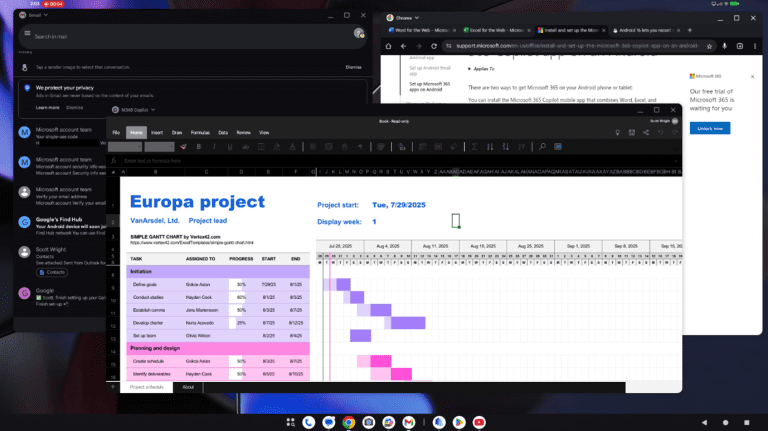



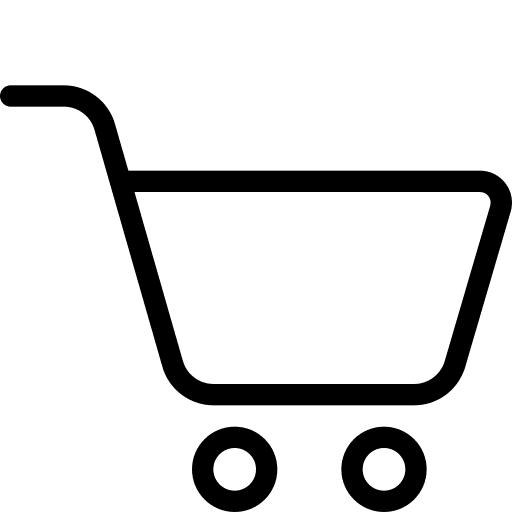
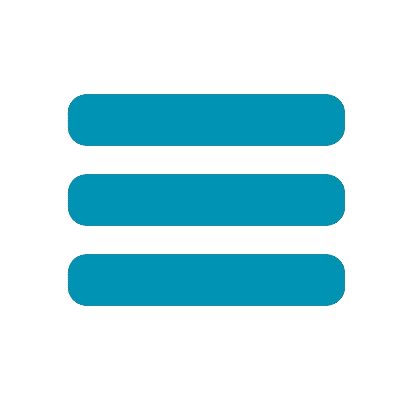
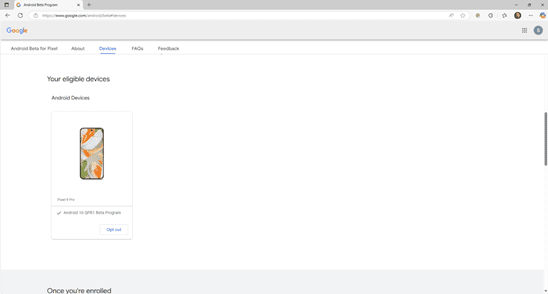


 Monitoring by Hotjar
Monitoring by Hotjar